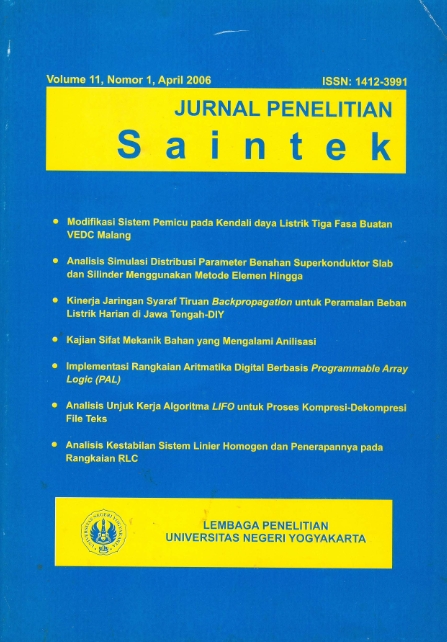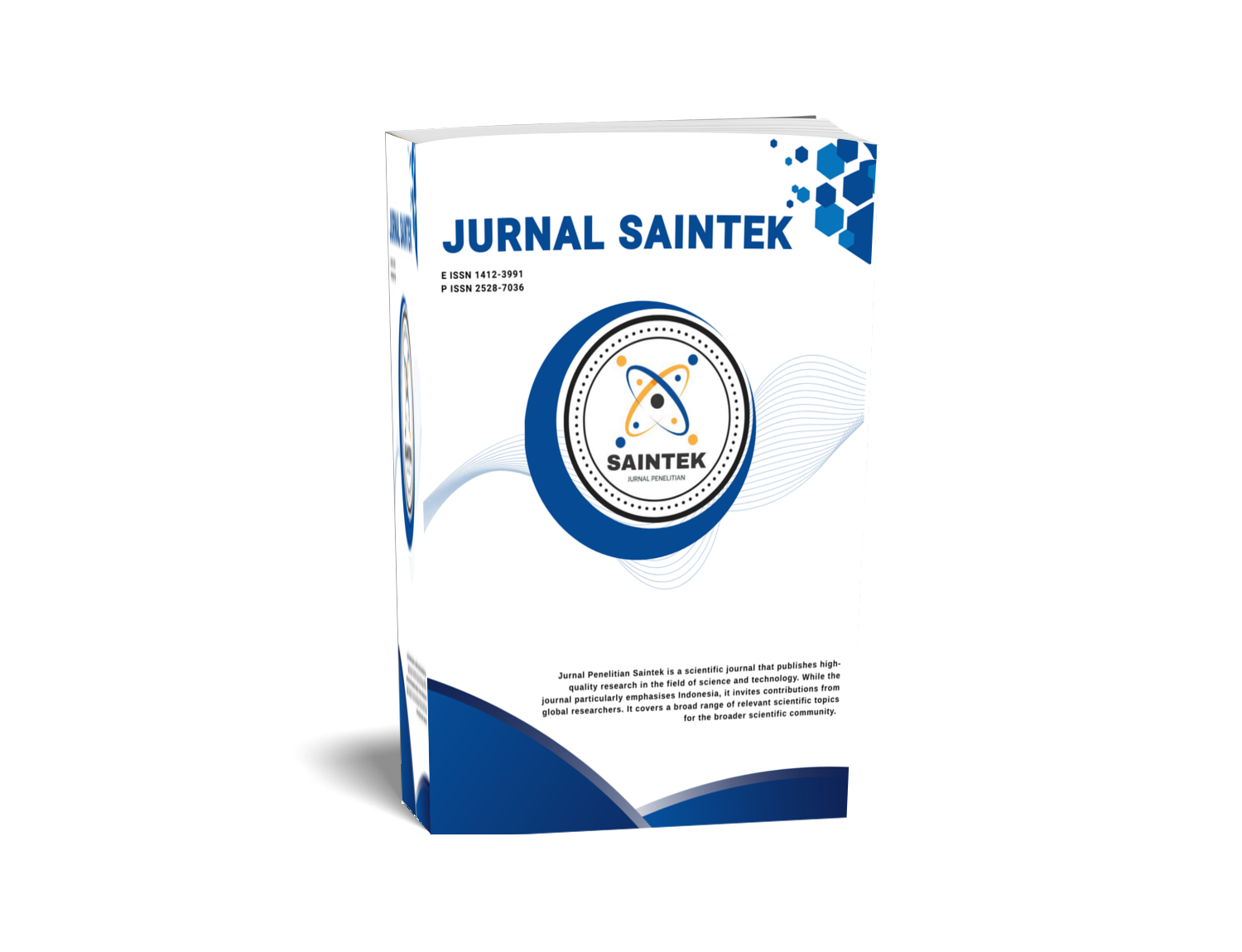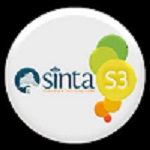STATEMENT OF MECHANICAL PROPERTIES OF MATERIALS WHICH HAVE ANALYZED
DOI:
https://doi.org/10.21831/jps.v11i1.5545Keywords:
anneal temperatures, anneal time, tensile strength, and torsion modulusAbstract
to the [ensile strength of material. (2) the influence of anneal lime to the tensile strength of material. (3) the influence (if temperature to the torsion modulus (if material, (4) the irfluence (if anneal lime to the torsion modulus of material. and (5j discover the material that has optimum of tensile strength and torsion modulus.
Sample of the experiment is win! of ion. steel and copper which are
annealed 011 temperature of 15()°C, 25{)°C, 350°C, 45()"C, 550"C,
650"C. 750°C. 850°C, and 950°Cfor 30 minutes. Besides. the wires are annealed on temperature 350°Cfor 30.60, 9().120. 150. IBO. ]J() and
240 minutes. The tensile strength of materials is measured with a
tensometer. Tension modulus of materials is measured with tension modulus meter.
Based on data analysis is concluded thai. ( l ) Increasing of the
temperature anneal causes decreasing of ttle tensile strength of the materials. (2) increasing of the time anneal causes decreasing of the tensile strength (if the materials. (3) increasing (if the temperature anneal causes decreasing of the torsion modulus of the materials. (-/) increasing of the anneal time causes decreasing of the torsion modulus of the materials. and (5) the optimum tensile strength is the steel which anneal temperature of 450°C and anneal time (if 30 minutes. The optimum torsion modulus is iron, which is not annealed.
Downloads
Published
How to Cite
Issue
Section
Citation Check
License
Who Can Submit?
Any individual may submit an original manuscript for consideration for publication in Jurnal Penelitian Saintek as long as they hold the copyright to the work or are authorized by the copyright owner(s) to submit it. Authors retain initial ownership of the copyrights to their works prior to publication, except in cases where, as a condition of employment, they have agreed to transfer copyright to their employer.
User Rights
Jurnal Penelitian Saintek is an Open Access journal. Users are granted the right to read, download, copy, distribute, print, search, or link to the full texts of articles, provided they comply with the conditions of the Creative Commons Attribution-ShareAlike License 4.0 (CC BY-SA 4.0).
https://creativecommons.org/licenses/by-sa/4.0/
Author Rights
Authors retains copyrights.
Jurnal Penelitian Saintek by http://journal.uny.ac.id/index.php/saintek is licensed under a Creative Commons Attribution-ShareAlike 4.0 International License.










